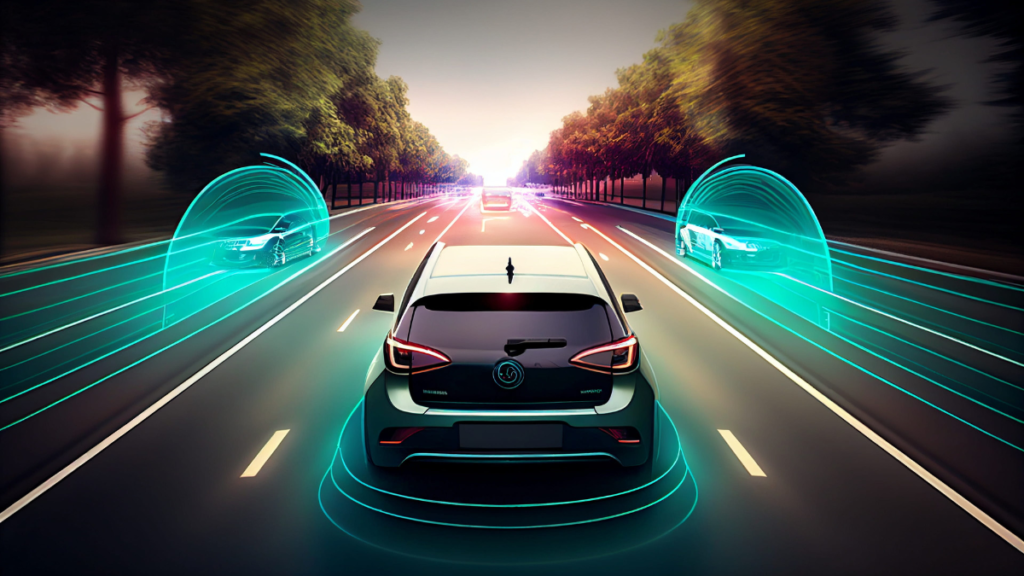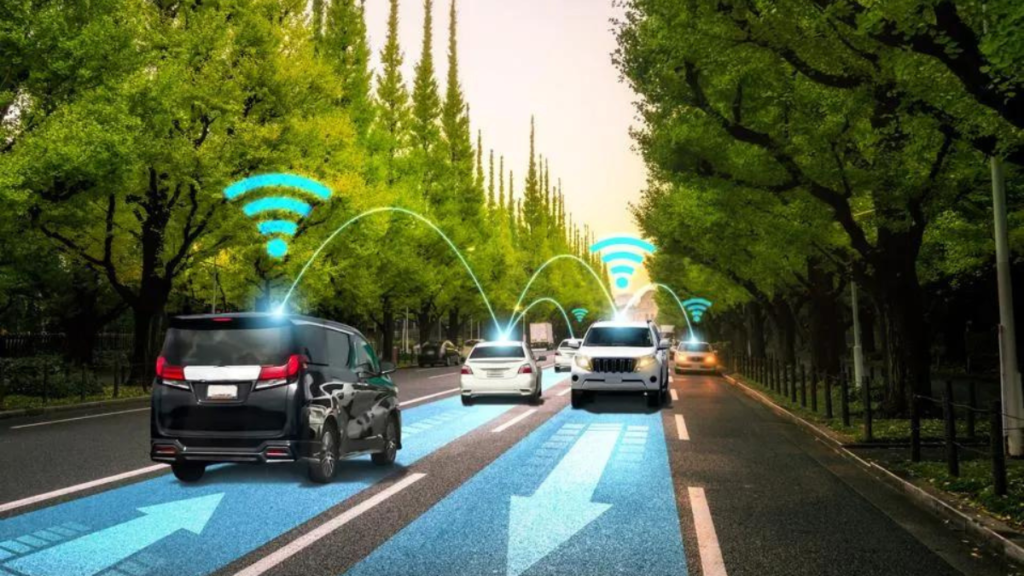Introduction
Autonomous Vehicles : The concept of autonomous vehicles has captured society’s imagination for decades, with a future where cars drive themselves promising to change the way we travel and interact with traffic. As technological advancements reshape the automotive industry, autonomous vehicles have been in the headlines, sparking debate about safety, regulation, and the potential societal impact of self-driving cars. This article explores the development, current status, challenges, and future prospects of autonomous vehicles.
First. Development of Autonomous Vehicles

A. Early Concepts and Innovations:
The idea of autonomous vehicles dates back to the early 20th century, when science fiction writers and visionaries envisioned a future where machines would take the wheel. However, no significant progress was made until the end of the 20th century. The development of advanced sensors, computing power, and artificial intelligence laid the foundation for the birth of autonomous vehicle technology.
B. Emergence of Advanced Driver Assistance Systems (ADAS):
The introduction of advanced driver assistance systems is an important step towards autonomy. Features such as adaptive cruise control, lane keeping assist, and automatic emergency braking are common in modern vehicles, providing the basis for more sophisticated autonomous functions.
Second. Current Status of Autonomous Vehicles

A. Levels of Autonomy:
The Society of Automotive Engineers (SAE) classifies autonomous vehicles into six levels, from Level 0 (no automation) to Level 5 (full automation). Most vehicles on the road today fall into the Level 1 and Level 2 categories, which include technologies like adaptive cruise control and lane keeping assist. Fully autonomous vehicles (Level 5) remain in research and development, with several companies testing prototypes in controlled environments.
B. Major players in autonomous driving:
Major technology and automotive companies, including Tesla, Waymo, Uber, and traditional automakers Ford and General Motors, are actively investing in autonomous driving technology. For example, Tesla’s Autopilot has drawn widespread attention for its semi-autonomous capabilities, while Waymo is conducting extensive real-world testing of fully autonomous vehicles.
Also Read : Exploring Mexico’s Rich Tapestry: Unveiling 06 Historic Sites Explaining Its Cultural Heritage
Third. Challenges and Concerns

A. Security and Reliability:
A major concern is ensuring the safety and reliability of autonomous vehicles. Accidents involving semi-autonomous systems have raised questions about the technology’s readiness for widespread adoption. Striking the right balance between innovation and safety standards is important to build public trust in autonomous vehicles.
B. Regulatory disruption:
The lack of standardized regulations is a significant challenge to the widespread deployment of autonomous vehicles. Different regions and countries have different regulations and standards, preventing the seamless integration of self-driving cars into global transportation systems. Policymakers must work collaboratively to establish a regulatory framework that addresses safety, accountability, and ethical considerations.
C. Ethical and Legal Dilemmas:
Autonomous vehicles pose complex ethical and legal dilemmas, such as determining liability in the event of an accident and establishing guidelines for decision-making algorithms. Striking the right balance between human intervention and machine decision making requires careful consideration and an ethical framework to ensure the responsible development and deployment of autonomous vehicles.
Fourth. future prospects

A. Technological Progress:
Ongoing research and development efforts are pushing the boundaries of autonomous vehicle technology. Advances in artificial intelligence, machine learning and sensor technology are expected to enhance the capabilities of self-driving cars, making them more reliable and adaptable to different driving situations.
B. Integration with Smart Cities:
The future of autonomous vehicles is closely linked to the concept of smart cities. Connected infrastructure, including sensors, cameras, and communication networks, plays a critical role in enabling seamless communication between autonomous vehicles and their surroundings. The goal of the Smart City initiative is to create an ecosystem where self-driving cars can operate efficiently and safely.
C. Impact on Transport and Society:
The widespread adoption of autonomous vehicles could drastically reshape transportation and society. Potential benefits include reduced traffic congestion, improved energy efficiency and increased accessibility for individuals with mobility challenges. However, the shift to autonomy raises concerns about job displacement for traditional drivers and the need for integrated work.
